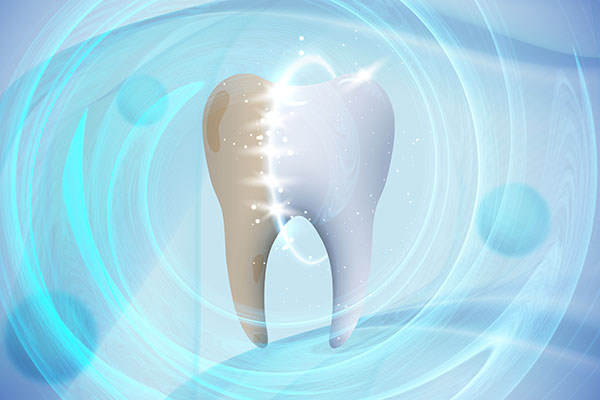How Long Will Botox Treat TMJ?

The pain, swelling and tension of TMJ disorders can have a negative effect on everyday life. Treatment with Botox® can help relieve pain both right away and long-term. Understanding the nature of jaw pain and the role of this procedure can help patients choose the right treatment plan.
TMJ disorders
Pain in the jaw can occur at any time from excessive chewing, injury or temporary inflammation. However, if the pain is chronic or accompanied by tension or stiffness, it may be a TMJ disorder.
Causes and symptoms
In some people, the exact cause of chronic jaw pain can be difficult to pinpoint. Arthritis, anxiety, orthodontic work and development issues can lead to a disorder of the temporomandibular joint area. In many patients, the pain is due to excessive clenching and grinding or overuse of the surrounding muscles. Those who suffer from TMJ disorders can experience a host of troubling symptoms and side effects:
- Pain in the jaw, face, neck or ears
- Frequent headaches
- Clicking or popping in the jaw
- Stiffness or limited motion
- A locked jaw
- Malocclusion
These can vary from person to person but tend to worsen over time if left untreated.
Using Botox® to treat TMJ pain
When it comes to managing frequent jaw pain, there are several options available, such as pain relievers, dietary changes and targeted stretches and massages. Many people also find relief by using Botox® to alleviate symptoms.
The treatment's effects
When the medication is injected into the muscles around the joint, it paralyzes the tissues and prohibits them from moving or flexing. This significantly relieves tension, and some people may experience some immediate pain relief. By deactivating the targeted muscle group, Botox® makes it difficult to habitually clench and grind teeth, creating an extended period of rest for these muscles. As a result, chronic swelling is reduced and the surrounding area is given the chance to heal properly.
Follow-up care
Once the procedure is complete, patients are encouraged to remain upright for several hours and to avoid massaging or overworking the jaw area. Following these important steps helps ensure that the medication stays in the targeted area until it is fully absorbed. This also improves the longevity of the treatment. Other than this, patients are able to resume normal activities immediately after the procedure is completed.
While Botox® takes effect right away, it will take the muscles approximately two weeks to begin healing from any damage. Fortunately, due to the high concentrations of medication used, this type of treatment for the jaw lasts between three and four months for most participants. The goal of Botox® for TMJ disorders is to immobilize the muscles and promote healing so most dentists recommend a second dose before the first one wears off. This allows the affected muscles to remain dormant for improved recovery. For many patients, only a few treatments are needed to achieve lasting results.
Conclusion
Botox® can be an effective treatment for TMJ pain. Results usually last for months, but patients should follow a dental professional's recommendations to promote more thorough healing and relief.
Request an appointment here: https://www.southfloridadentalarts.com or call South Florida Dental Arts at (305) 230-4041 for an appointment in our Miami office.
Check out what others are saying about our services on Yelp: Read our Yelp reviews.
Recent Posts
Restoring a tooth surface with a crown used to be time-consuming, requiring multiple office visits. CEREC®, which stands for Chairside Economical Restoration of Esthetic Ceramics (or CERamic REConstruction) is a system that uses computer technology to design a custom-fitted crown that can be created, polished, and bonded in place on the same day.All of the…
Made of durable, tooth-colored ceramic, CEREC® crowns have become popular in recent years. These restorations are sometimes used to strengthen a broken tooth. One appeal of these crowns is that they can be made in one visit.CEREC® crowns are natural-looking restorations, so dentists use them for front as well as back teeth. Because they are…
A preventive dentist is a trusted partner in maintaining your oral health and preventing serious dental issues before they occur. This dental professional emphasizes regular care and education, supporting long-term wellness and reducing the need for extensive procedures. As the cornerstone of modern dental care, preventive dentistry underscores early detection, regular visits, and informed patients.A…
You might have heard your dentist mention a CEREC® crown, but perhaps you are unclear about what a CEREC crown is. When you have a damaged tooth, the dentist will suggest several options for repairing the tooth, based on the type of damage and your oral health. Worn-down or teeth damaged by tooth decay are…


